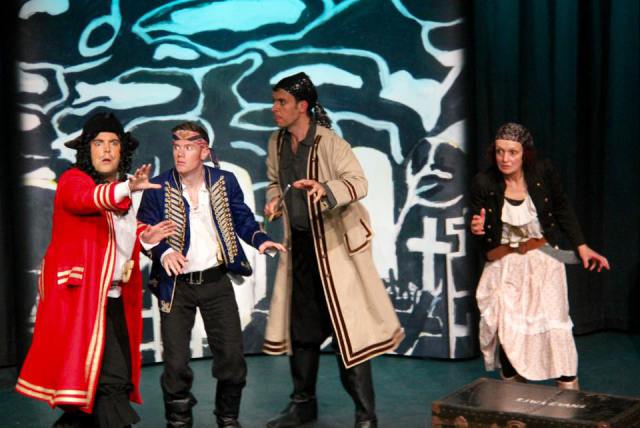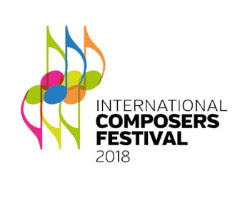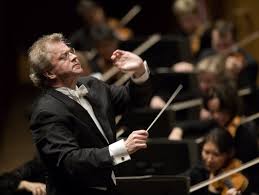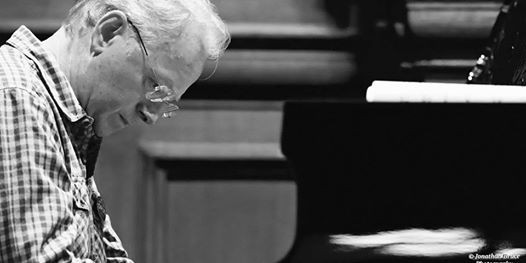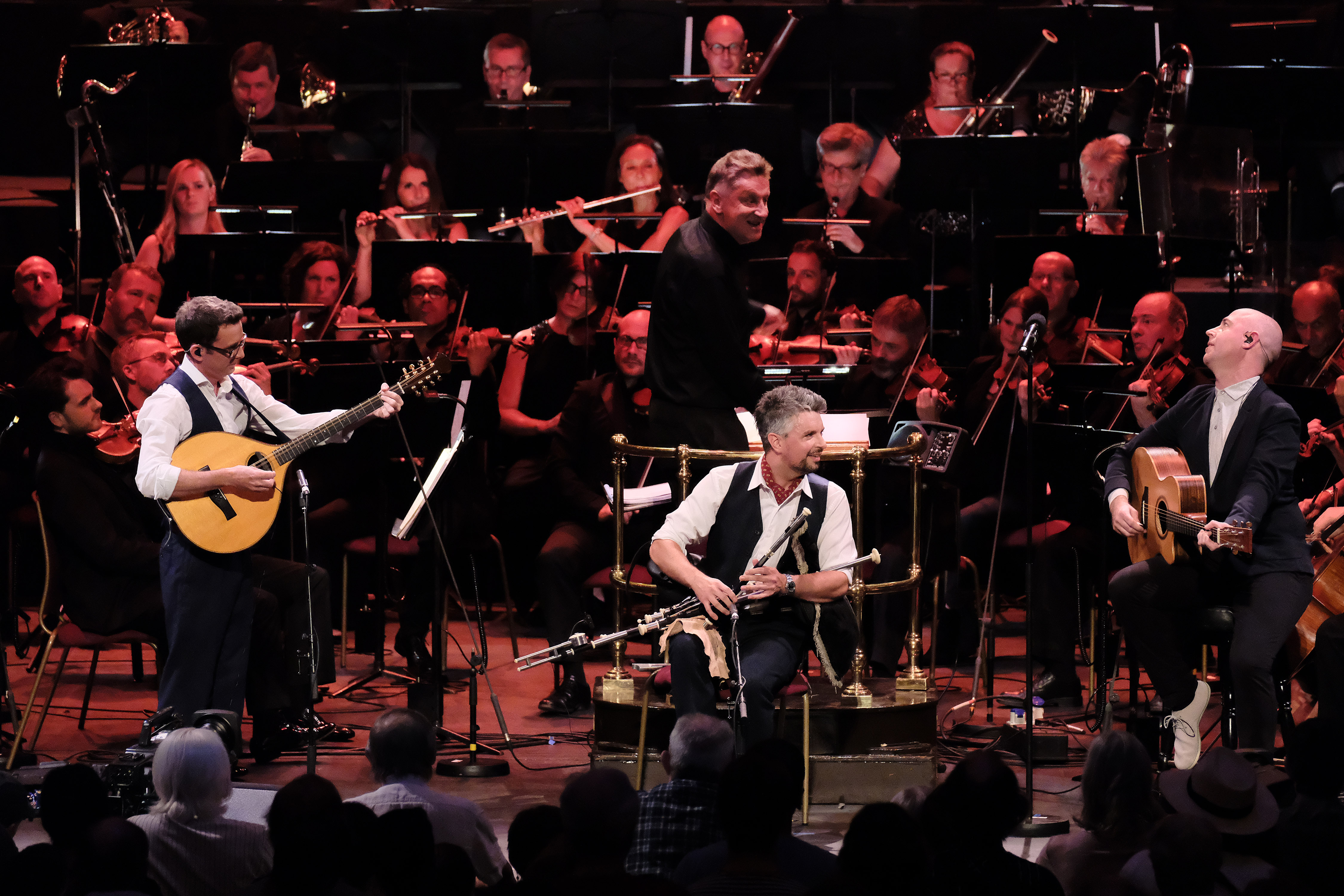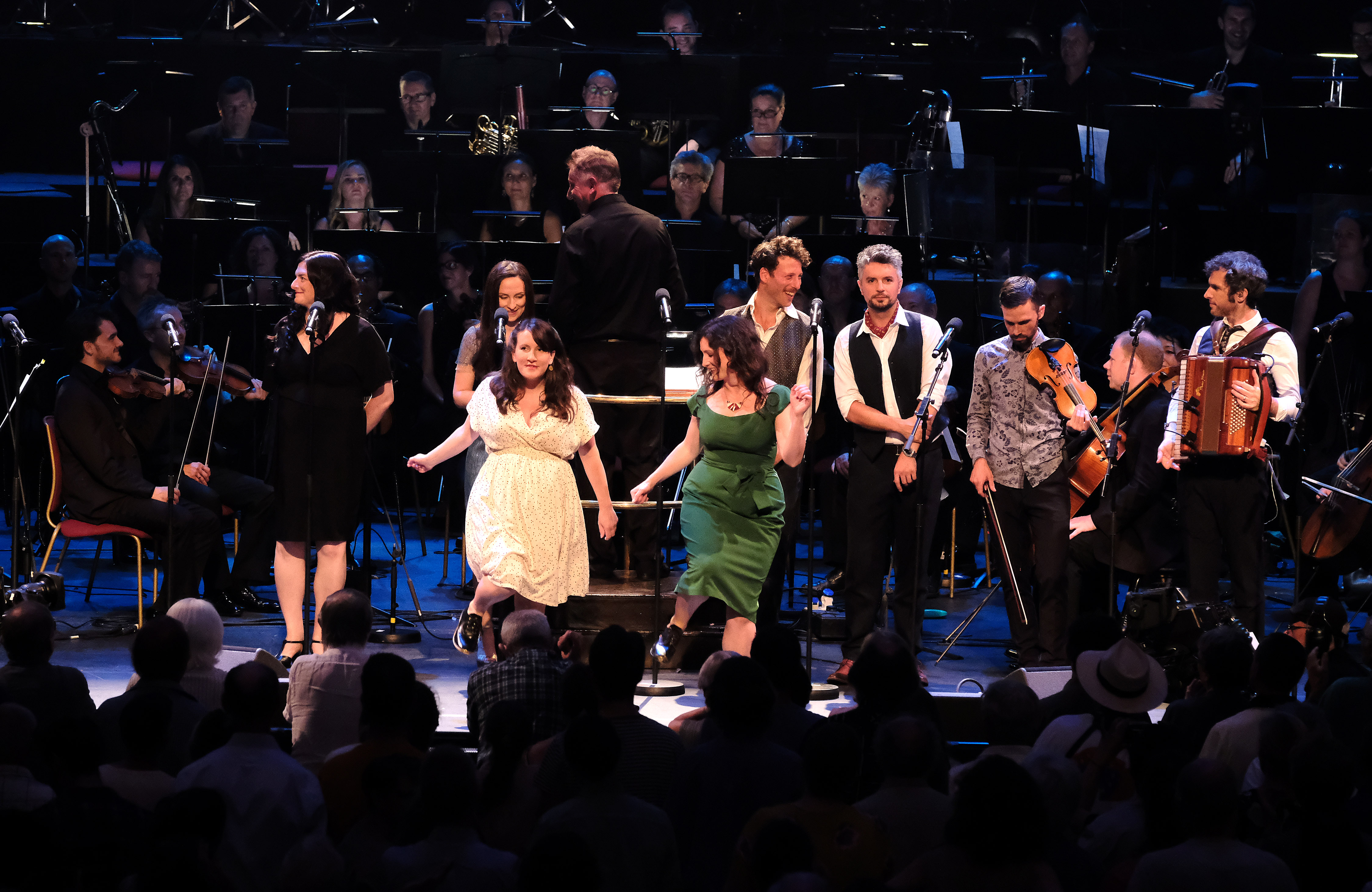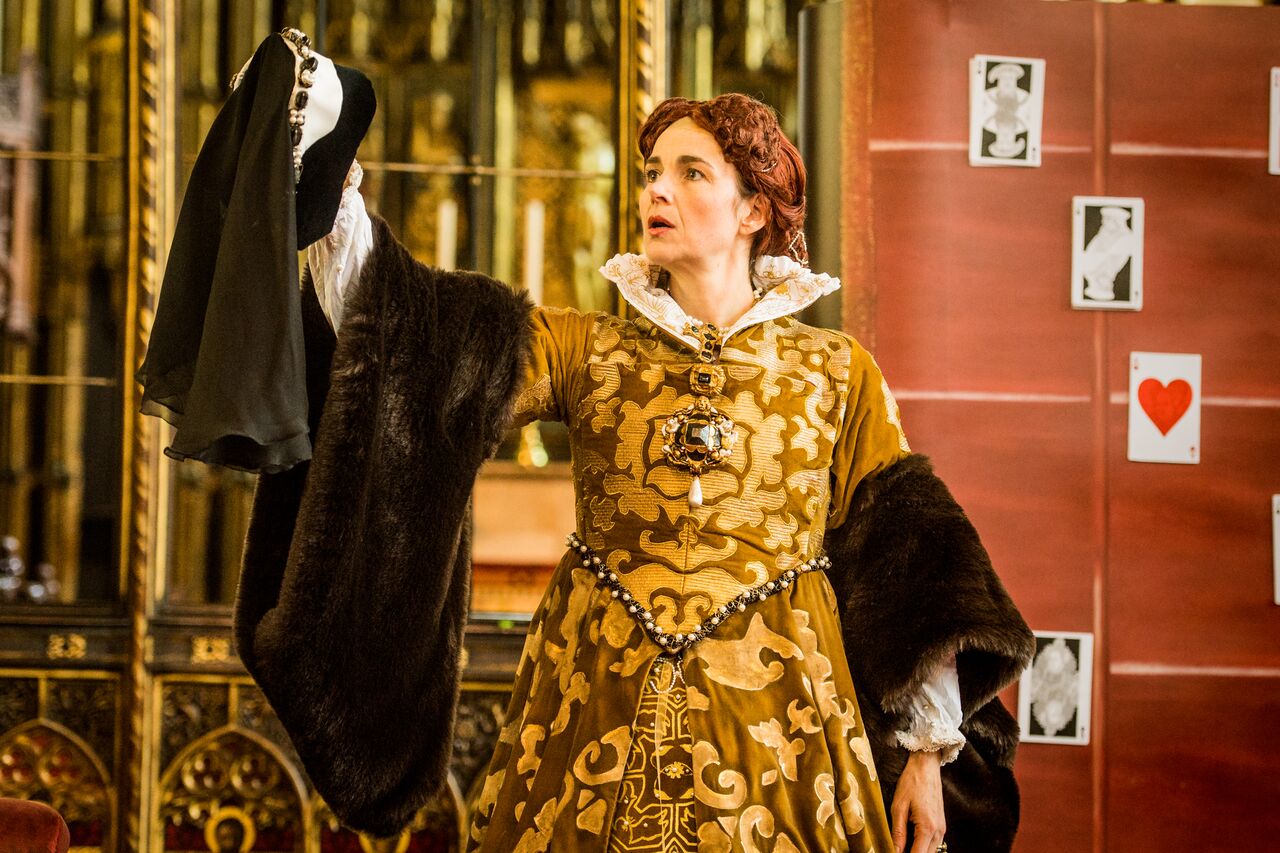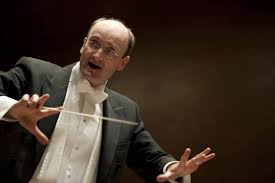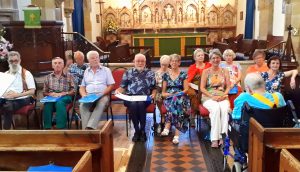ENO Studio Live continues with the company’s first ever production of Paul Bunyan at Wilton’s Music Hall, with Simon Russell Beale as the voice of Bunyan
Opens Monday 03 September at 7.30pm at Wilton’s Music Hall (6 performances)
Following the sell-out success of Acis and Galatea in June, ENO continues Studio Live, a programme of work to bring the immense power of opera to more intimate environments, with Benjamin Britten’s Paul Bunyan. In a first for the company, it will perform in the historic setting of Wilton’s Music Hall, the world’s oldest grand music hall and a landmark of East London.
Paul Bunyan, with its libretto by one of England’s greatest poets W.H. Auden, is a retelling of the great American folk tale featuring the titular giant. It is one of Britten’s most eclectic scores, with blues, folk and hymns incorporated into a story of civilisation’s destructive relationship to the ecology around it, and the dangers of the American Dream.
In his first performance with ENO, Olivier Award-winning actor Simon Russell Beale provides the offstage voice of the titular giant. Known as ‘the greatest stage actor of his generation’, (The Independent), Beale’s recorded voiceover stands in for the physical appearance of the lumberjack with the 3.7 mile-stride. He is known for innumerable leading roles on the stage and screen, but also for his voice work: he provided the voice of George Smiley in the acclaimed BBC Radio 4 complete adaptation of John le Carré’s Smiley novels.
ENO Studio Live was begun partly as a showcase for emerging talent at ENO, and Paul Bunyan includes four ENO Harewood Artists, exceptionally talented early-career singers given principal roles as part of their training at ENO.
ENO Harewood Artist Elgan Ll?r Thomas takes the role of Paul’s bookkeeper Johnny Inkslinger, having been praised for his ‘perfectly targeted… demented passion’ (Bachtrack) in his ENO debut in another Britten opera, The Turn of Screw, at Regent’s Park in June. Harewood Artist Rowan Pierce makes her ENO debut as Paul’s daughter Tiny. She will return to ENO to sing Papagena in The Magic Flute in 2019.
Harewood Artists William Morgan and Matthew Durkan sing Tiny’s lover Hot Biscuit Slim and Paul’s antagonistic foreman Hel Helson respectively. Morgan shared the role of Quint with Elgan Ll?r Thomas for The Turn of the Screw. He was also seen last year as Phaeton in the inaugural Studio Live, The Day After. Durkan has taken a number of roles with ENO in recent years, including Demetrius in A Midsummer Night’s Dream, Fiorello in The Barber of Seville and Malcolm Fleet in the world premiere of Nico Muhly’s Marnie.
Many of the roles are taken by members of the award-winning ENO Chorus, who create the dreamlike ensemble of cooks, cats, dogs and lumberjacks of the great American forest. Bringing Chorus members into principle roles continues a practice from 2017’s Studio Live, and will also be seen in September’s production of Salome at the Coliseum.
Director Jamie Manton is the Co-Founder and Co-Artistic Director of film and theatre production company Duelling Productions. His 2017 production with Studio Live, The Day After, was praised for its ‘impressive conviction’ (The Guardian) and was included in The Observer’s Ten Best Classical Performances of 2017. It was later revived at the Royal Conservatoire of Scotland. Productions that he has worked on as Staff Director at ENO include The Mastersingers of Nuremberg, Tristan and Isolde and The Winter’s Tale.
Designer Camilla Clarke, who also designed The Day After with Manton, is a winner of the 2015 Linbury Prize for Stage Design. Recent credits include Bad Roads (2017) at the Royal Court Theatre with Vicky Featherstone.
Conductor Matthew Kofi Waldren is a Mackerras Fellow at ENO, a programme to provide exceptional emerging conductors with an opportunity to develop their skills. Nominated for Best Newcomer in the 2017 International Opera Awards, he conducted a performance of the The Marriage of Figaro for ENO in April, and was widely praised for his conducting of Opera Holland Park’s La traviata in May (‘extremely strong’ – The Guardian).
Paul Bunyan is the third Britten opera to be performed by ENO in 2018 after A Midsummer Night’s Dream and The Turn of Screw, and will be followed by War Requiem in November. The composer has had an association with the company ever since the premiere of Peter Grimes in 1945 by Sadler’s Wells Opera, ENO’s predecessor, and the four productions make up part of the celebrations marking the 50th anniversary of ENO’s residency at the London Coliseum.
Paul Bunyan opens on Monday 03 September at 7.30pm at Wilton’s Music Hall for 6 performances: 03, 04, 05 and 07 September at 7.30pm and 08 March at 2pm and 7pm.

